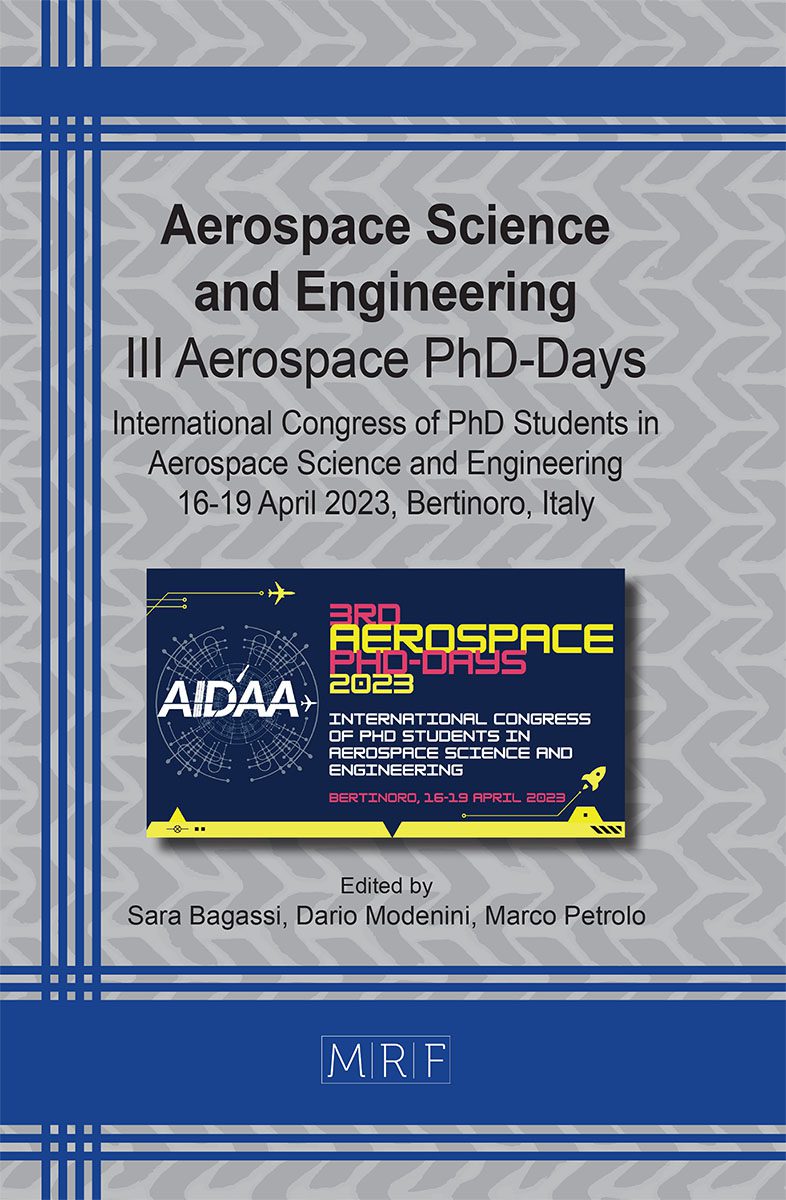Mechanical properties of additively manufactured lattice structures through numerical BCC cell characterisation
Giuseppe Mantegna
download PDFAbstract. Additive Manufacturing (AM) technologies have acquired significant attention in the modern industry due to their versatility in creating custom-designed components with complex shapes utilising multiple materials with minimal material waste. Moreover, the full potential of AM technologies relies on creating meta-materials, structured materials with distinctive mechanical properties designed for specific purposes and optimised throughout various regions of the structure. For instance, it is possible to design topology-optimised structures through periodic lattice cells by varying the cell types, dimensions or relative volume fractions [1]. In this way, structures with graded or separate regions can be manufactured in one single manufacturing process, significantly reducing the design-to-production time and allowing a rapid iteration and design optimisation [2]. As previously mentioned, lattice structures are formed by a unit cell properly repeated with an ordered topology to achieve desired mechanical properties. Amongst the different cell types, thanks to its simple configuration and ease of print with AM technologies, the Body-Centered Cubic (BCC) structure is frequently used [3]. Several studies are present in the literature to predict and evaluate the behaviour of this cell type analytically, numerically and by experiments showing its excellent specific mechanical properties [4]–[6]. This paper investigates the mechanical properties of additively manufactured structures, comparing experimental results with numerical simulations conducted using various modelling approaches, including a full 3D model, a simplified 1D and 2D approach, and homogenized models. At first, the mechanical properties of a lattice BCC structure are considered, followed by the investigation of a sandwich structure featuring a lattice core. At this stage, the skins and the core are 3D printed in Polylactic acid PLA; the lattice core structure is composed of BCC unit cells. Finally, the mechanical performances of the AM structures are compared to assess the accuracy and reliability of the different modelling approaches.
Keywords
Additive Manufacturing, Periodicity, 3D Lattice, FEM
Published online 9/1/2023, 8 pages
Copyright © 2023 by the author(s)
Published under license by Materials Research Forum LLC., Millersville PA, USA
Citation: Giuseppe Mantegna, Mechanical properties of additively manufactured lattice structures through numerical BCC cell characterisation, Materials Research Proceedings, Vol. 33, pp 177-184, 2023
DOI: https://doi.org/10.21741/9781644902677-26
The article was published as article 26 of the book Aerospace Science and Engineering
![]() Content from this work may be used under the terms of the Creative Commons Attribution 3.0 license. Any further distribution of this work must maintain attribution to the author(s) and the title of the work, journal citation and DOI.
Content from this work may be used under the terms of the Creative Commons Attribution 3.0 license. Any further distribution of this work must maintain attribution to the author(s) and the title of the work, journal citation and DOI.
References
[1] J. J. Sobczak and L. Drenchev, “Metallic Functionally Graded Materials: A Specific Class of Advanced Composites,” J Mater Sci Technol, vol. 29, no. 4, pp. 297–316, Feb. 2013. https://doi.org/10.1016/j.jmst.2013.02.006
[2] A. Bandyopadhyay and B. Heer, “Additive manufacturing of multi-material structures,” Materials Science and Engineering R: Reports, vol. 129. Elsevier Ltd, pp. 1–16, Feb. 2018. https://doi.org/10.1016/j.mser.2018.04.001
[3] L. Bai, C. Yi, X. Chen, Y. Sun, and J. Zhang, “Effective design of the graded strut of BCC lattice structure for improving mechanical properties,” Materials, vol. 12, no. 13, 2019. https://doi.org/10.3390/ma12132192
[4] D. Tumino, A. Alaimo, C. Orlando, S. Valvano, and C. R. Vindigni, “Lattice Core FEM Simulation with a Modified-Beam Approach,” Lecture Notes in Mechanical Engineering, pp. 946–954, 2023. https://doi.org/10.1007/978-3-031-15928-2_83
[5] R. Gümrük and R. A. W. Mines, “Compressive behaviour of stainless steel micro-lattice structures,” Int J Mech Sci, vol. 68, 2013. https://doi.org/10.1016/j.ijmecsci.2013.01.006
[6] E. Ptochos and G. Labeas, “Elastic modulus and Poisson’s ratio determination of micro-lattice cellular structures by analytical, numerical and homogenisation methods,” Journal of Sandwich Structures and Materials, vol. 14, no. 5, 2012. https://doi.org/10.1177/1099636212444285
[7] G. Mantegna et al., “Representative volume element homogenisation approach to characterise additively manufactured porous metals, pp. 1–10, Feb. 2022. https://doi.org/10.1080/15376494.2022.2124002
[8] H. Lei et al., “Evaluation of compressive properties of SLM-fabricated multi-layer lattice structures by experimental test and μ-CT-based finite element analysis,” Mater Des, vol. 169, 2019. https://doi.org/10.1016/j.matdes.2019.107685












